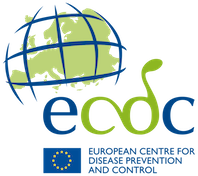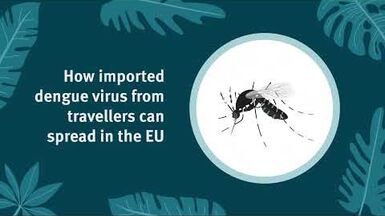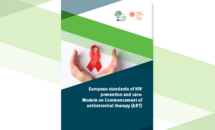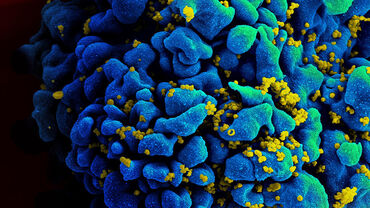European standards of HIV prevention and care: Module on Commencement of antiretroviral therapy
Early initiation of antiretroviral therapy (ART) is a cornerstone of HIV care, conferring individual health benefits and reducing onward transmission. The World Health Organization (WHO) and European guidelines have, since 2015, recommended treating all adults living with HIV immediately upon diagnosis, regardless of CD4 count (a ‘test-andtreat’ approach). WHO further strongly endorses same-day ART initiation for those ready to start treatment. This reflects the global shift toward rapid linkage from diagnosis to care, aiming to improve outcomes and move
countries toward the 95-95-95 targets for 2030.
An estimated 2 334 662 people are living with HIV in Europe and Central Asia, of whom 1 944 695 (83%; range: 65–100%) have been diagnosed. Late diagnosis is a persistent challenge – over half of new HIV cases in the Region are diagnosed at an advanced stage. Nevertheless, treatment coverage among those aware of their infection has steadily improved. In 2018, 64% of people with a diagnosed HIV infection were receiving ART. By 2023, this proportion was roughly 84% region-wide, indicating progress but still short of the 95% target. There is significant sub-regional variation: in western Europe nearly 95% of diagnosed individuals are on ART, whereas in Eastern European countries this figure is closer to 78%. Such disparities highlight ongoing gaps in timely treatment access across the Region.
Download
What are standards of care for HIV?
The standards of care (SoC) for HIV define the expected, or desired, quality of prevention, treatment, and care forpeople at risk of HIV acquisition or living with HIV.
The standards are based on a scientific rationale, as well as the responsibilities of each stakeholder and ensure that people receive appropriate, high-quality prevention and care that aligns with the most up-to-date medical knowledge and ethical standards.
The European Centre for Disease Prevention and Control (ECDC) in partnership with the European AIDS Clinical Society (EACS) have developed standards of care in the areas of HIV testing, pre-exposure prophylaxis (PrEP), antenatal screening, commencement of ART, and HIV and co-morbidities (add links to SoC modules). Each standard is based on the following structure:
1. Brief description of the rationale for the standard.
2. Quality statements describing best practice based on current guidelines, evidence, and expert opinion.
3. related measurable and auditable outcome indicators used to assess the quality and effectiveness of the services.
4. Numeric values for defined targets.
The standards are person-centred in their approach with a specific focus on being equitable, non-discriminatory, relevant, appropriate, and accessible for people at risk of or living with HIV.








